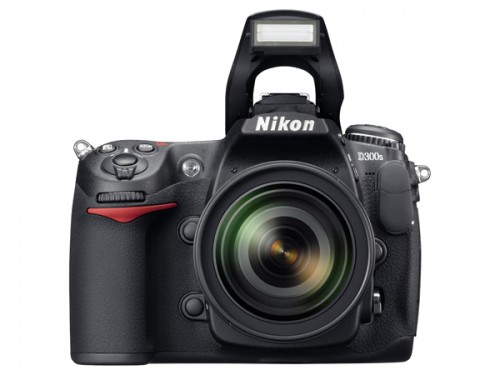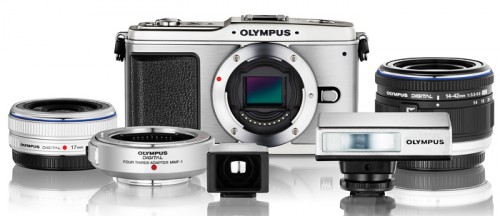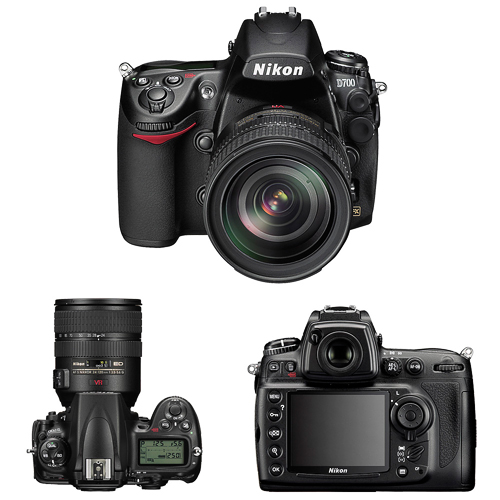Nikon D300S Digital SLR Camera Review: Field Test Report
Egad and gadzooks! It’s time for Jack Neubart’s Halloween review, where he ponders life, the universe, and, most importantly, whether the added features (notably, movies & dual flash cards) mean it’s time to upgrade from the D300 to the D300S.
I’ve been very happy with my Nikon D300. I’m certainly glad I didn’t wait for the next iteration to come out because I’ve made good use of this camera on two continents. Three, if you count Brooklyn, NY (we like to think of ourselves as more than simply a borough of New York City). Anyway, I approached a review of the next-gen D300, the D300S, with some degree of trepidation. I’m obviously not going to hate the camera, unless they somehow managed to mess up a good thing. And if I love it, then I have to consider buying it to replace a body that still has that fresh camera smell, and for which I paid good money (is money ever bad?).
Before continuing, I should note that you’ve no doubt read my friend and colleague’s report on the D300-Peter Burian was quite thorough. (If you haven’t, check it out here.) But this is where I give you my take on the camera, and go into specific differences between new and old.
One thing I noticed is that the manual for the D300 is actually 18 pages longer than that for the new D300S. As a D300 owner, I gloated. Then I also noted that the D300S Quick Guide has nearly twice as many pages-now I’m starting to feel cheated. What could explain these odd discrepancies? Well, I wasn’t about to dig through each booklet page by page, so let’s just see what pops up as we continue to explore, compare and contrast.



